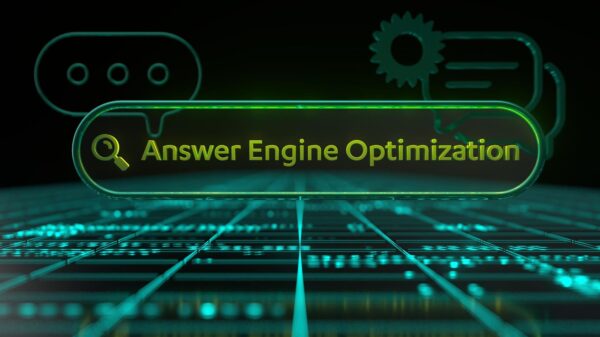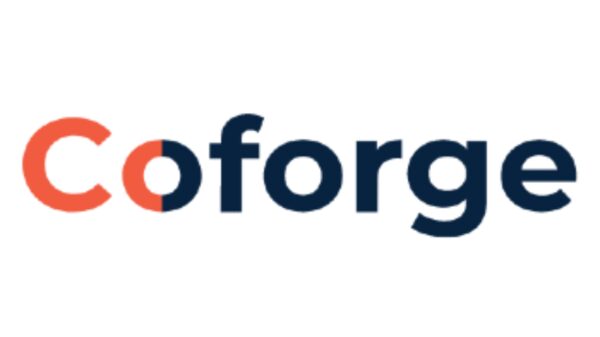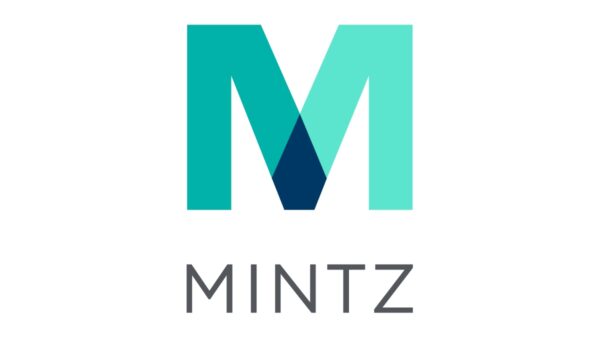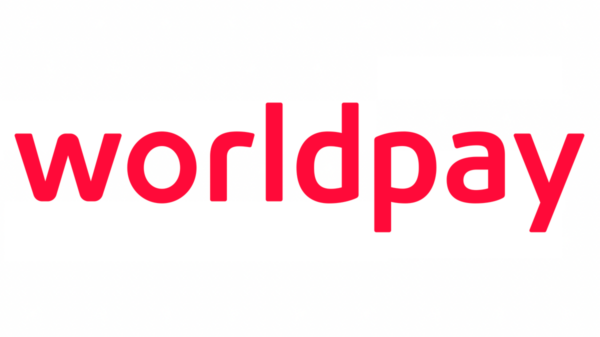Google’s Gemini 3: A New Leader in Multimodal AI
Google’s recent launch of Gemini 3 has disrupted the AI landscape, positioning the company as a leader rather than a follower in the field. Amid the intense competition between OpenAI and Anthropic, Google has leveraged its robust infrastructure and a native multimodal approach to make significant strides in AI technology.
Gemini 3 has not only advanced multimodal capabilities but also exemplifies Google’s most ambitious application of the Scaling Law. This new model has sparked discussions about its implications and the future of AI technologies.
On November 20, the platform Silicon Valley 101 hosted a live stream featuring four prominent figures in AI research:
- Tian Yuandong, former research director at Meta FAIR and AI scientist
- Chen Yubei, assistant professor at the University of California, Davis, and co-founder of Aizip
- Gavin Wang, former Meta AI engineer, responsible for post-training of Llama 3 and multimodal reasoning
- Nathan Wang, senior AI developer at Silicon Valley 101
During this live discussion, the guests sought to answer critical questions regarding Gemini 3’s capabilities, Google’s strategic decisions, and the evolving landscape of AI competition.
What Sets Gemini 3 Apart?
Within 48 hours of its release, Gemini 3 quickly topped various rankings, marking a shift from previous models that excelled in isolated tasks.
Chen Qian inquired about the model’s standout features. Nathan Wang shared his experiences with Gemini 3’s ecosystem, particularly highlighting the Gemini App, Google AntiGravity, and the newly launched Nano Banana Pro. He noted:
“AntiGravity feels like an IDE in the Agentic era, allowing users to manage multiple AI agents each working on different aspects of a project seamlessly.”
This integration enables the automated testing and development of applications, enhancing user experience significantly. Wang further praised Nano Banana Pro for its ability to generate logical and visually appealing presentations, suggesting that traditional slide-making software could be at risk of obsolescence.
Tian Yuandong expressed excitement about Gemini 3’s writing capabilities, noting that it not only improved stylistically compared to its predecessors but also demonstrated an understanding of narrative twists, showcasing its potential for creative tasks.
However, he pointed out that while Gemini 3 excels in generating creative content, it lacks depth in scientific discussions, akin to a well-informed student who can regurgitate facts but struggles with deeper analysis.
Gavin Wang praised Google’s comprehensive ecosystem as a significant advantage, particularly its performance in the ARC-AGI-2 Benchmark, where Gemini 3 achieved a score exceeding 30%, a notable leap compared to its predecessors.
Chen Yubei highlighted some mixed feedback related to Gemini 3’s real-world visual understanding, indicating a decline in performance under certain conditions, raising concerns about the gap between public benchmarks and practical applications.
Google’s Competitive Edge: The Role of Infrastructure
Google’s ascent in the AI space can be attributed to its unique hardware capabilities and strategic improvements in pre-training and post-training processes.
The Scaling Law has often been a double-edged sword, but Google’s integration of its own TPU hardware enables it to outperform competitors reliant on third-party GPUs. Tian Yuandong remarked:
“A well-rounded approach to model training—better data, fine-tuned architecture, and enhanced stability—contributes to a stronger performance.”
Gavin Wang noted the innovative “Tree of Thoughts” concept within Gemini 3, which allows the model to explore multiple ideas simultaneously, thus facilitating creative problem-solving.
Nathan Wang mentioned an intriguing concept in their developer API documentation called “context engineering,” suggesting that Google is moving beyond traditional prompt engineering to enhance contextual understanding within its models.
Chen Yubei added that Google’s hardware advantage might serve as a significant barrier to entry for startups, reinforcing their market position as they continue to refine their offerings.
As the AI landscape evolves, the launch of Gemini 3 represents not just a technological achievement but also a strategic pivot for Google, solidifying its role at the forefront of AI innovation. The implications of these advancements will undoubtedly ripple throughout the industry, as competitors will need to adapt or risk falling behind.
 SoulGen Launches 2.0 with 38.2% Improvement in Human Motion Accuracy and 73.7% in Color Fidelity
SoulGen Launches 2.0 with 38.2% Improvement in Human Motion Accuracy and 73.7% in Color Fidelity World Labs Launches Marble AI, Transforming 3D World Creation for Gaming and Design
World Labs Launches Marble AI, Transforming 3D World Creation for Gaming and Design India Mandates AI-Generated Media Labeling, 24-Hour Takedown Rules for Digital Platforms
India Mandates AI-Generated Media Labeling, 24-Hour Takedown Rules for Digital Platforms






































































